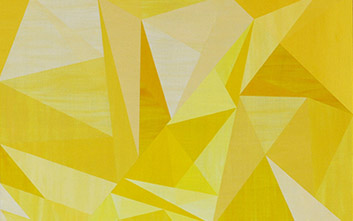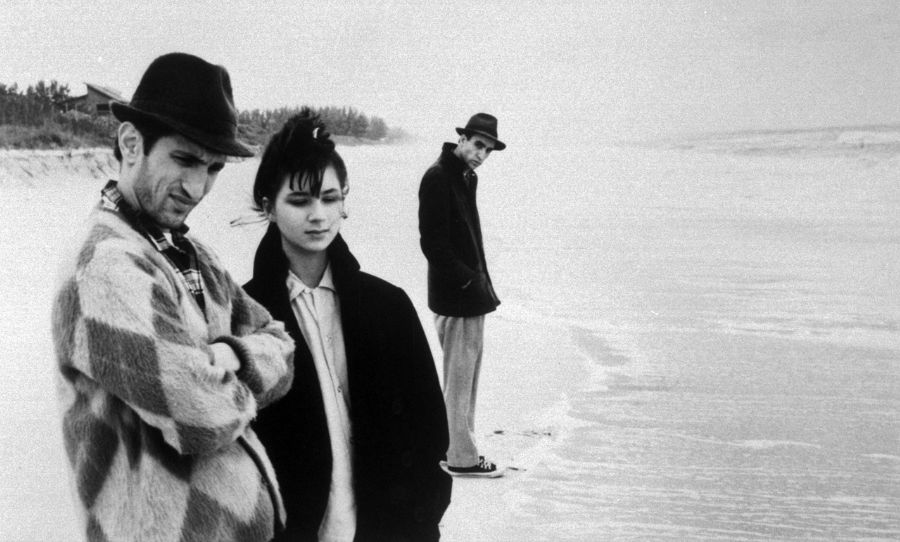The work of Geelong based artist Shelley Jardine is primarily concerned with the notions of space, time and place. Her work uses colour and shape as a personal language to explore the shifting relationships between art and philosophy.
We got in touch with Shelley and asked her a couple of questions about her creative development.
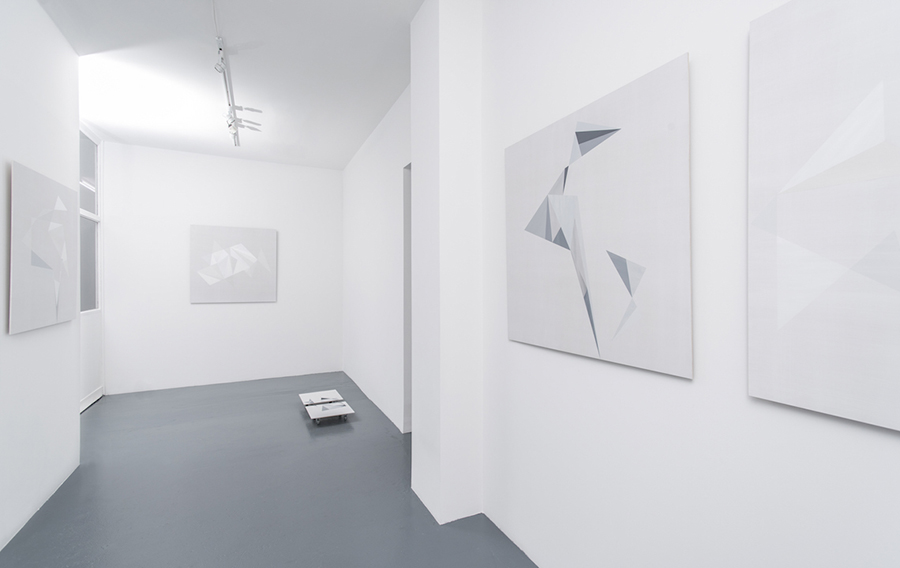
Line to line, corner to corner, Shelley Jardine allows notions of space, geometry and wild architecture to inform her abstract artwork.
HAPPY: Could you briefly introduce yourself?
SHELLEY: I’m an artist and curator born in Geelong, also currently a PhD candidate at Deakin, and a visual arts trainer. I am interested in movement, neuropsychology and geometry and my practice generally situates itself around painting, installation, performance, and hard-edge abstraction.
HAPPY: Do you find inspiration from each individual space you have worked in?
SHELLEY: The spaces are certainly influential on the work, and each exhibition, and series of works, is site-specific, so, for part, they are responding to the architectural properties within. The gallery, and the notion of, is of interest to me and I am always looking to discover new spaces in which to exhibit new installations and trial works.
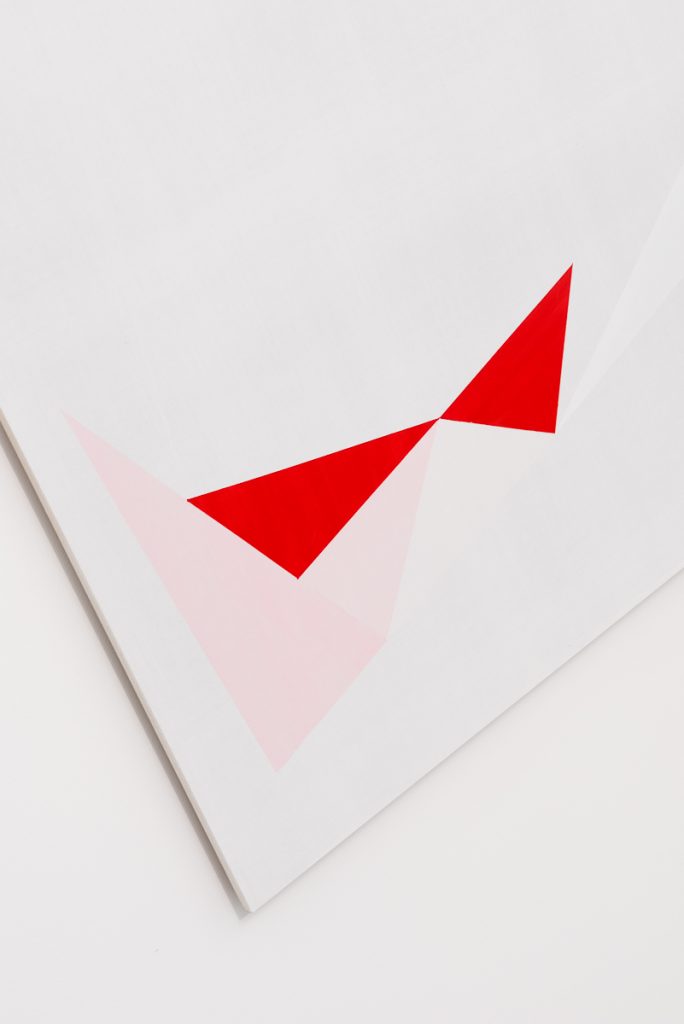
HAPPY: Would you even say it’s influenced by the room it’s in? Your work is quite minimalist.
SHELLEY: My work has become more reductive formally, yet the complexity of the process is increasing. I am starting to feel my work is almost becoming an extension of the room it is in. To me, the work is never complete on it’s own, or for a better word, final as such, however, the true realisation of my work situates itself with the viewer and the space they occupy. The work is incomplete without a viewer.
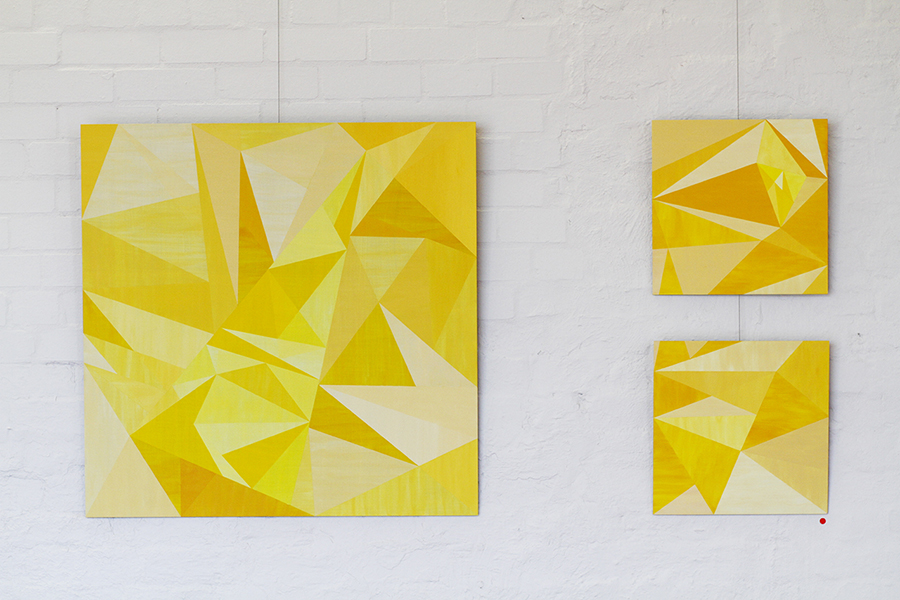
HAPPY: So the incorporation of space and place leads the viewer to become part of the art. Is this feeling intentional?
SHELLEY: Thank you, I love that you see it that way. The relationship between myself, the viewer, and the art is important and sometimes confusing, especially in my most recent exhibition Moving the Marker at Nth. I asked the viewers to take part in a silent curation, which in turn really blurred the boundaries, seeing the viewer immersed in the work and the work within the space.
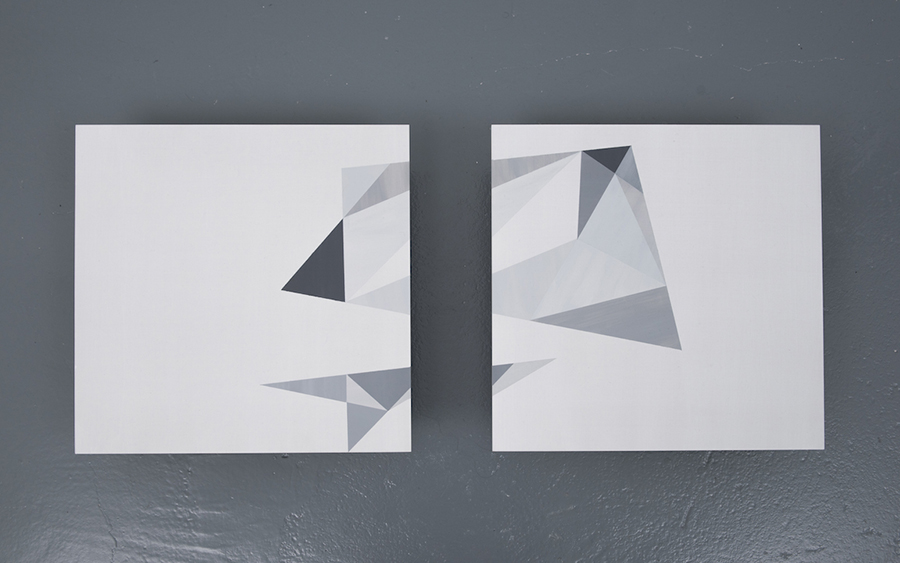
HAPPY: How did you find your personal style?
SHELLEY: I have always been interested in using colour and shape as visual language and have been working on techniques using layers, depth and varying reflective qualities. Surface activation has become more important. I think the major turning point in my practice was after viewing Vasarely’s work as part of my studies in France. I was overwhelmed by the scale of his works, colours, shapes and overall experience. It influenced me and my practice in an unimaginable way.
HAPPY: Do your studies have an influence on your work?
SHELLEY: Absolutely. I’m sure I can safely speak for the majority of people who embark on postgraduate studies that it influences just about everything we do to a certain level. But for sure, my research is the basis for my creative work, and in turn, my creative works inspire my research.

HAPPY: What would you like your audience to feel or think when visiting your exhibition?
SHELLEY: To be honest, I really don’t have an ideal of what the viewer thinks when they are visiting one of my exhibitions. I would like it to be more about the experience. Hopefully the layers of paint, brushstrokes, mobility and reflective mediums invite the viewer to interact and take time in the space, responding the developmental processes of the work.
HAPPY: Many artists want to send a message with their work. Would you say your art is also expressing current political and social situations?
SHELLEY: No not really, well, not intentionally. I certainly feel strongly about certain issues, and I do believe art can be a powerful tool in change, however, I try and keep my political views out of my artwork. So far.
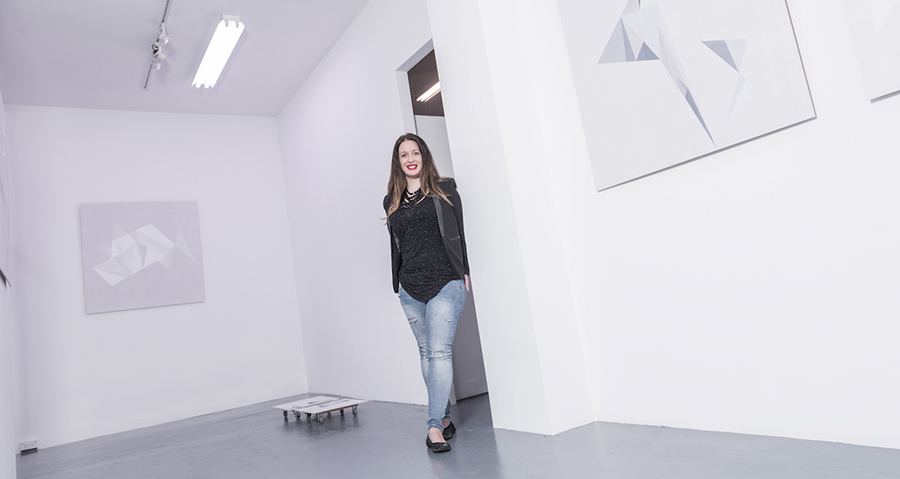
HAPPY: Lastly, what have you got planned next?
SHELLEY: More exhibitions and trials for my work and a lot of writing for my thesis! At the moment, I am working on a new series of drawings and performative works. Stay tuned!
